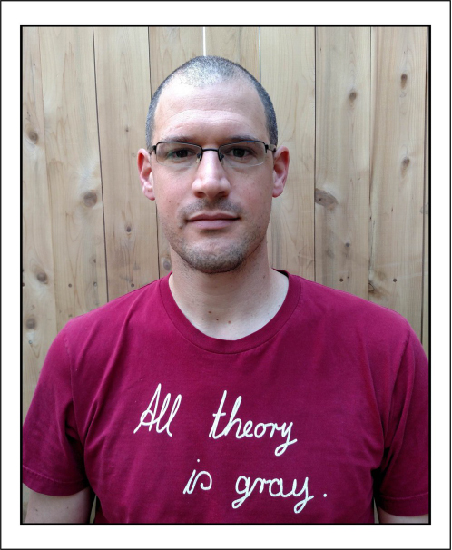Learning to classify from behavior to neural correlates
Date:
Categorizing stimuli imbues the world with structure, yet we have little knowledge of how our brain learns classification that is based on complex labeling rules. Here, we propose a theoretical framework that allows feature-based modeling of such behavior, and use modeling of human behavior and then recordings in behaving primates to explore the mechanisms.
We first show that a class of reinforcement learning-like models that use a mixture of features captures individual diversity and can fit performance surprisingly well. Further, our approach was able to predict future individual behavior, and can even be used to build personally optimized teaching sessions.
To explore formation of neural representations, we trained monkeys to learn such conceptually different rules on a daily basis while recording single-neurons in the prefrontal-cortex and Striatum. We find that feature-selective neurons dynamically shift their preference and come to represent both rule-relevant features as well as other features. We observe an increase in category selectivity in all regions, and in correlation with performance. Finally, we show that neural dynamics in the high-dimensional feature-space is qualitatively different in the cortex and striatum, and leads to increased category selectivity in complementing ways. We conclude by suggesting that such feature-based theoretical framework is useful to describe learning behavior in general and to explore neural mechanisms, and discuss remaining open questions.
